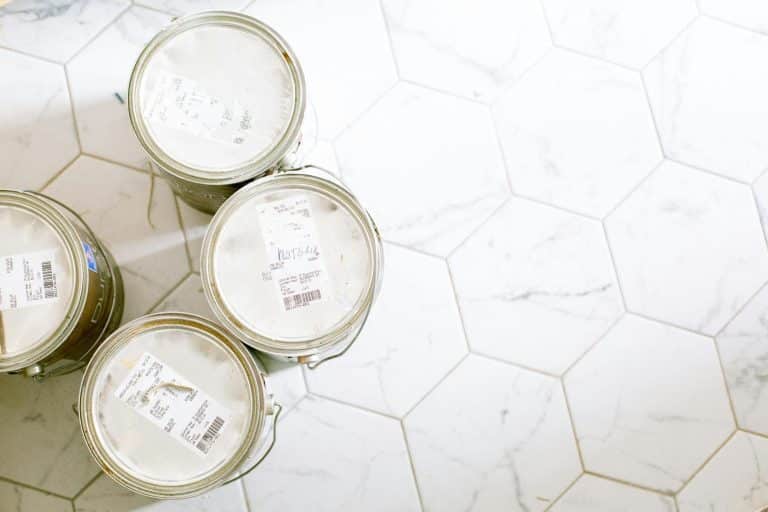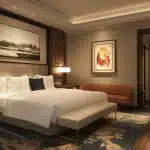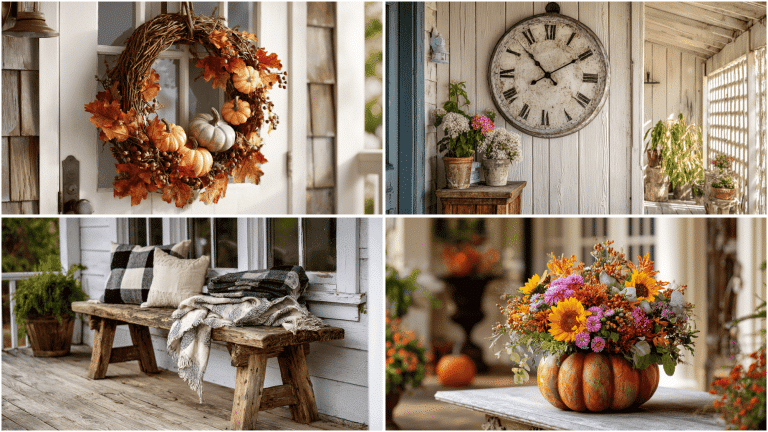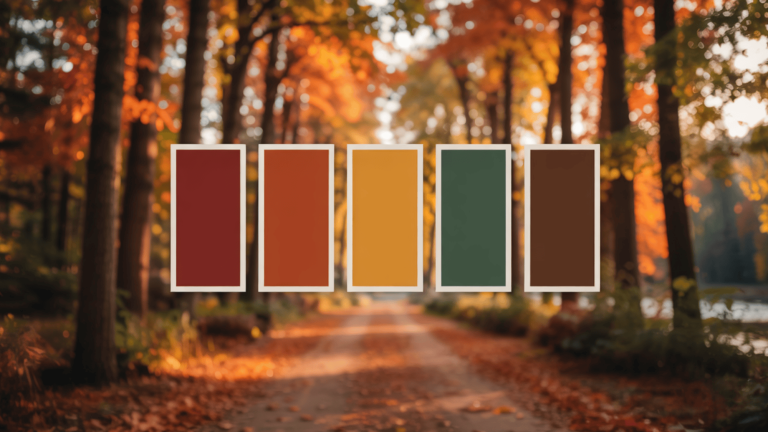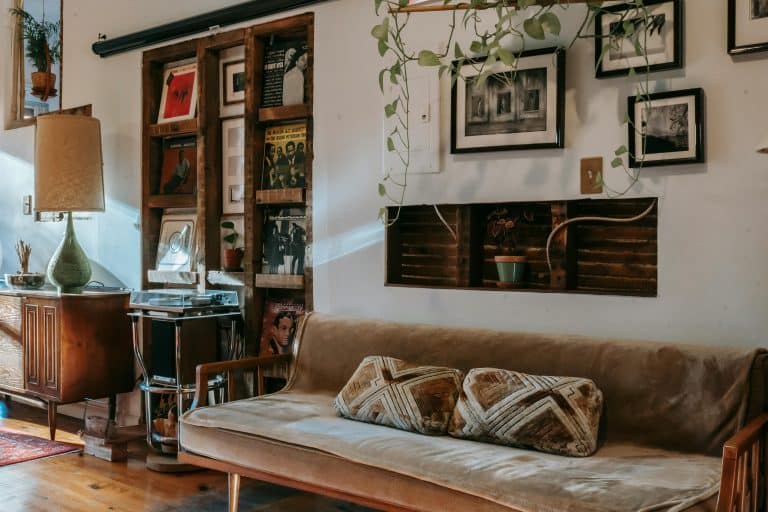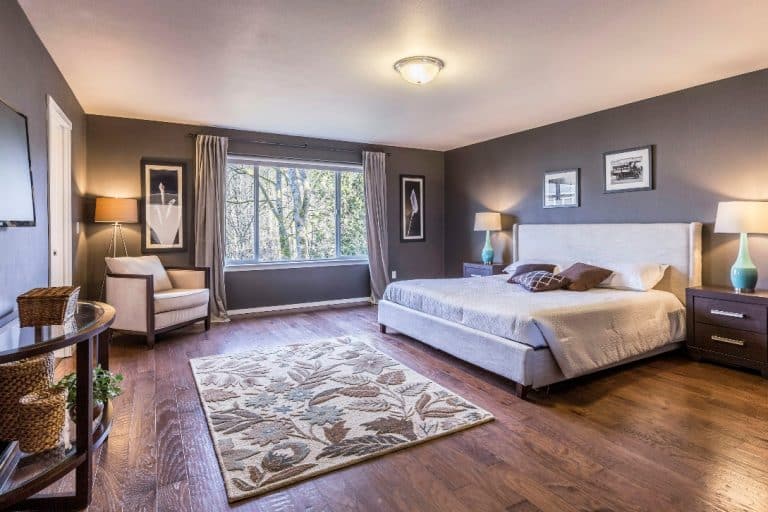Imagine walking into a room tarnished by years of scuff marks, fading colors, or a less-than-ideal aura. Now, visualize that same space reinvigorated.
Walls gleamed in a fresh hue, reflecting light differently and transforming the atmosphere entirely. Paint, often underappreciated, wields the ability to metamorphose any home environment, regardless of size or design.
The Subtle Influence of Color
There’s an undeniable truth: color has power. It influences mood, perception, and even decision-making processes. A coat of paint can alter one’s emotional connection to a space.
Imagine the calming effect of a pastel blue bedroom contrasted with the vibrant energy projected by a red living area. Such decisions, while seemingly simple, play a significant role in personalizing a home.
Individuals often gravitate toward specific palettes to evoke desired emotions. Info-seekers find solace in blues and greens, while adventurers vibrate best with richer hues.
Homeowners can, within the confines of their walls, curate a personalized ambiance through strategic color applications, encouraging whatever aesthetic they desire.
Choosing the right palette can extend beyond individual rooms; it shapes the entire home’s vibe. Selecting a consistent color scheme throughout shared spaces ties them together, creating a harmonious flow that feels both intentional and welcoming.
This holistic approach ensures that creativity flourishes within the boundaries of cohesive design, offering both comfort and intrigue for family members and guests alike.
Transformative Techniques
Techniques can be as transformative as the colors themselves. Consider accent walls. By employing a bold shade within a single wall’s reach, homeowners provide focus and intrigue to an otherwise ordinary room.
Techniques such as stenciling—providing intricate patterns—or textured paints breathe complexity and dimension into spaces. On the other hand, embracing monochromatic palettes can unify and enlarge a small space, utilizing different shades of the same color for an expansive effect.
Approaches like these deliver the flexibility to express individuality without overwhelming the senses. For those willing to experiment further, paint can act as a tool for highlighting architectural elements.
Crown moldings, architraves, and built-in cabinets can be accentuated with complementary shades, bringing depth and attention to intricate craftsmanship. This technique not only enhances visual interest but also allows architectural details to shine as prominent features in the home.
When undertaking a large project, considering the assistance of professionals can help achieve the desired outcome effortlessly. For those located in specific regions, a quick search might reveal the leading house painters near you who specialize in making your vision come to life, using quality and experience to ensure a flawless finish.
Appeal Beyond Aesthetics
It’s tempting to view paint as purely cosmetic, but its advantages extend further. Beyond concealing unsightly marks, the right paint can protect walls against moisture, mold, and even damage associated with UV exposure.
These protective qualities ensure durability, reducing maintenance costs and preserving spaces that hold more than mere physical significance.
Moreover, the thoughtful application of exterior paint improves a property’s curb appeal, an important element for anyone considering the sale of a home. The front door alone, often highlighted by contrasting colors, serves as a welcoming focal point to guests and potential buyers alike.
Exploring different paint finishes adds another layer of protective appeal. From matte to satin to high-gloss, the choice of finish affects not just aesthetics but also practicality.
High-gloss paints, for instance, are easier to clean and ideal for frequently touched surfaces, whereas matte finishes lend a soft aura but require more cautious maintenance. Each finish confers its unique set of benefits, aligning style with functionality.
Environmental Considerations
Paint selection can reflect not just personal taste but environmental responsibility. As awareness grows about the impact of volatile organic compounds (VOCs) on health and the environment, many now opt for eco-friendly, low-VOC paints.
These options reduce the release of harmful chemicals, ensuring a healthier household while contributing positively to broader ecological goals.
In choosing these environmentally conscious products, homeowners also support the well-being of their communities. Local suppliers often offer eco-friendly paints, promoting sustainable practices within the region. This not only enriches the aesthetic and health standards of a home but also strengthens societal commitments to sustainable living.
Conclusion
In home design, paint remains a formidable tool, capable of profound transformation. From changing moods to embodying current styles, it embraces creativity and purpose in equal measure.
With a few coats, it can take spaces from dreary to spectacular, ensuring that any home reflects its occupants’ values and aspirations. This power is neither understated nor overrated—it’s simply undeniable.

